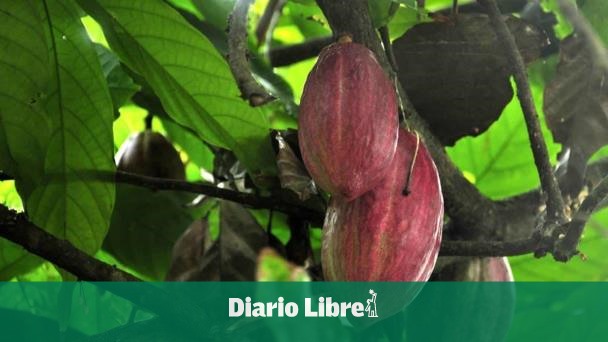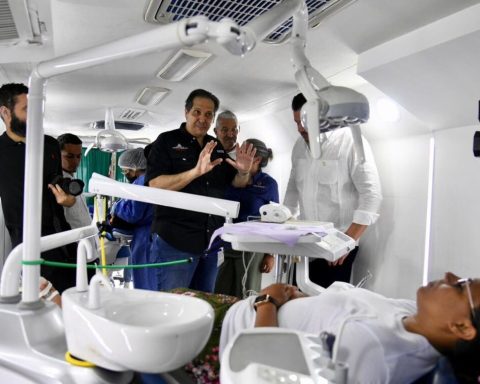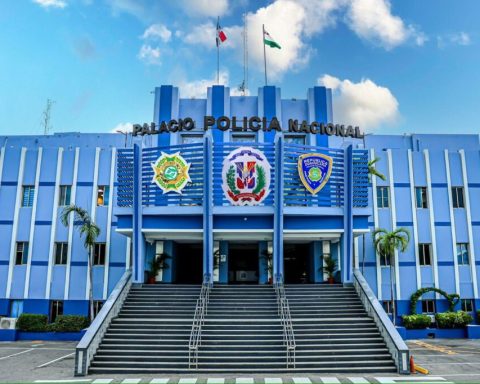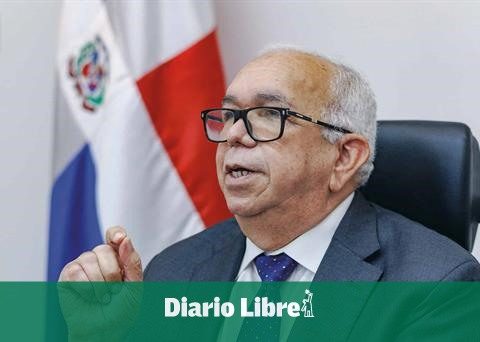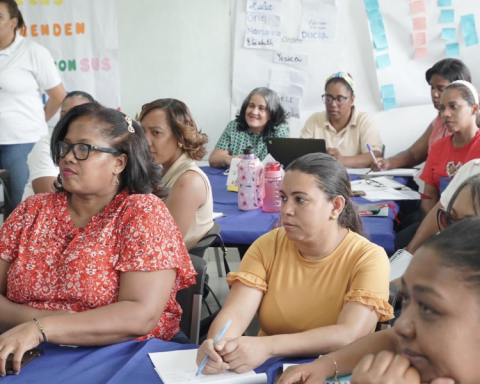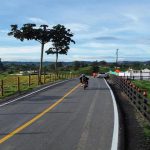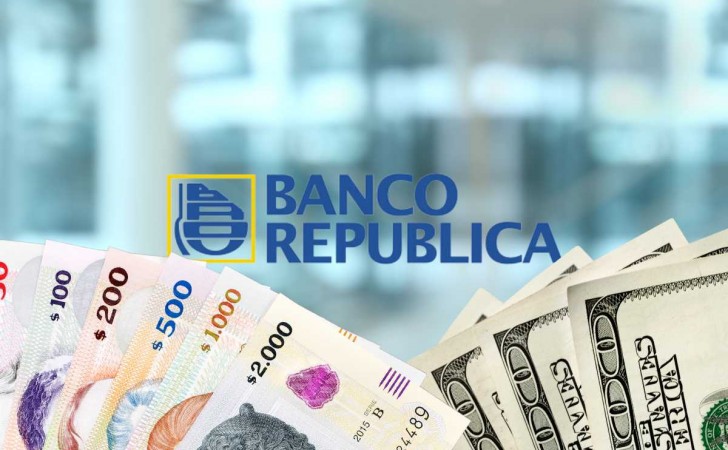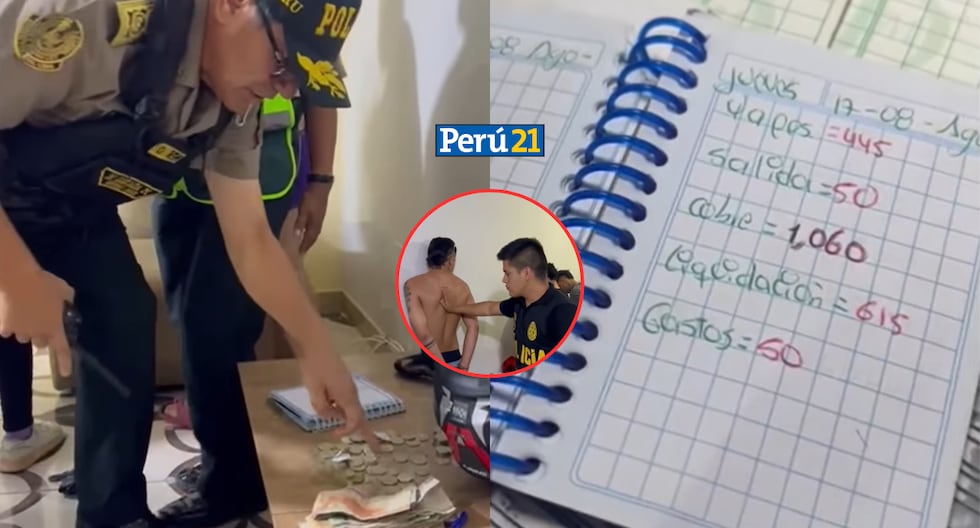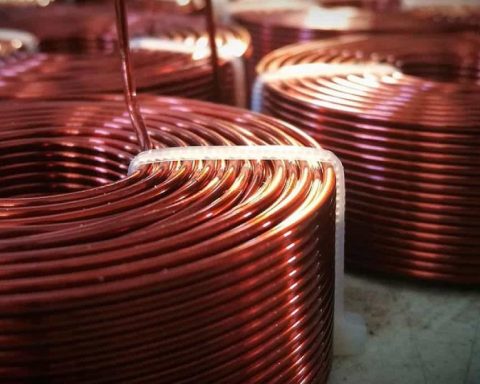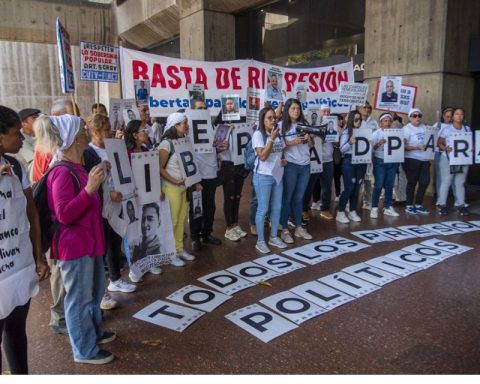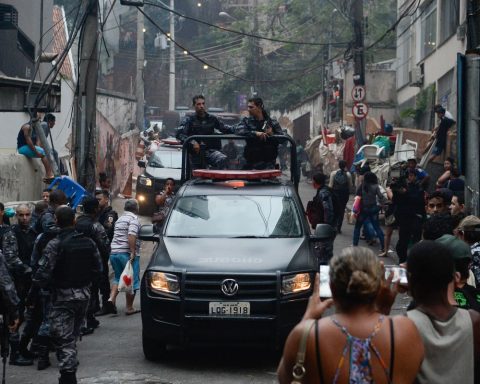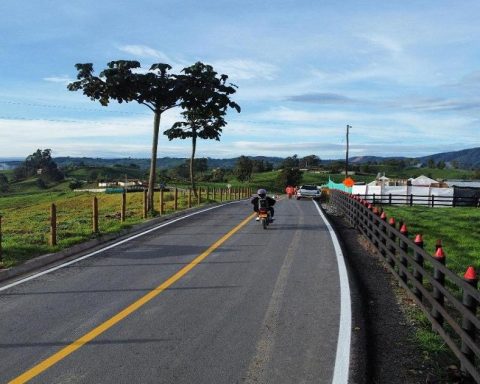Dominican companies that export cocoa to the Union European They have worked on the registration and satellite location of the farms with which they are supplied, with a view to being ready for the entry into force of the Regulation EU 2023/1115, which would restrict entry to this and six other fruits that lack the means to prove that they have been produced on land free of deforestation.
“Almost all the Dominican exporters They were warned and have started to do this work with their suppliers, so that, possibly, if they have not finished yet, they will be quite advanced by December,” said the president of the National Confederation of Cocoa Growers (Conacado), Isidoro de la Rosa.
All the commercial operators They will have until December 30, 2024 to exhaust strategies of geolocation, traceability of the fruit and registration of the producers, necessary to prove whether the raw material of the chocolate has been obtained under sustainable practices.
It is on them that the “weight of the regulation“, since they must present all this information under a statement of diligence duespecifies the commercial head of the mission of the Union European In the country, Luis Araque de Juan, who believes that we must be “optimistic” that the cocoa sector will be ready by that date.
With these new rules, the European conglomerate seeks to commit to reducing the deforestation of forests as a result of intensive agriculture, which has posed a new challenge for the trade international, which seeks to meet these new requirements.
The Dominican Republic has about 40 companies exporters of cocoa.
These companies have been key to the shipment of just over 43,000 tons of cocoa to the Union European So far in 2024, a quantity that Conacado claims has been able to be exported without major inconveniences and in a more agile manner, given the high demand for the cocoa in the world.
How it will work
Article 3 of the Regulation 1115 establishes that “they will not be introduced into the market, commercialized or exported” raw Materials and derivatives of chere, coffee, cattle, palm oil, rubber, soybeans and wood.
This, unless they prove to be free of deforestationwhich have been produced with the relevant legislation of the country of origin and which are covered by a statement of due dilegence.
With this regulation, the Union European seeks to raise business standards in line with the environmental commitments made, studying compliance with the regulation case by case.
“There will never be a ban from a product to a country; (…). We are not talking about a statement country or (require) a certificate that is valid for everything. This will work shipment by shipment, farm by farm,” Araque insisted.
Before introducing any of these items to the market, operators must exercise due diligence on all relevant products supplied by each supplier.
Article 9 of Regulation EU 2023/1115 states that information requirements for due diligence shall include:
-
Description of the products (including trade name, type of product, common name and scientific name, raw materials and products used for its production)
-
Quantity of relevant products, expressed in kilograms of net mass
-
Country of production of the product and specific area in which it was produced
-
The geolocation of all plots of land (both of the product and where its derivatives were produced), together with the date of production or its time interval
-
Name, postal address and email address of the company or person who supplied the relevant product
-
Name, postal address and email address of any company, operator or merchant that provided them
-
Conclusive and verifiable information that the products are free of deforestation and that the items have been produced in accordance with the legislation of the country of production
-
Product risk assessment
The advantage of the cocoa Dominican
They will be considered “free of deforestation“all lands that have not been depredated by human activity after December 31, 2020, which could be an advantage for the cocoa Dominican, a crop traditionally grown under the shade of other trees.
“Luckily, the cocoa Dominican is produced under a system agroforestry; is part of the forest. This reduces the risks that may have, and we are among the countries with the lowest risk“he said, adding that he therefore believes the cocoa sector will be able to continue exporting without problems after 2025.
Having the list of producers who have provided the raw material in each container is, along with the georeferencingsome of the ways in which companies can assess the level of risk from his commodity“If there are no problems, it goes on. If there are problems, it stops,” he added.
Araque confirmed that the taking of images satellites (and their comparison over time) would also be a valid resource to support that the plantations of cocoa Dominican are free from forest degradation.
He regulation urges operators to ensure that their goods mitigate the risk of being detained in the ports Europeans, both through requests for additional information and through the execution of independent studies or audits.
The assessment of risk must be reviewed every year, and the record of the statements of diligence must be maintained for five years from the date of its submission to the European information systems, a measure that applies to both large operators and SMEs.
Recently, the Ministry of Agriculture launched the National Registry of Producers and Georeferenced Agricultural Production Units (Renagro), a program that seeks to identify around 1,035 agricultural areas and their producers in order to gather pertinent information about their crops and use this information to better design public policies. Miguel Ángel Rodríguez, director of the Department of Associativity and Organizational Management of the Ministry of Agriculture, told Diario Libre that the institution is working on the development of a robust data platform that indicates where a crop is produced, who produces it, as well as individual information about each of the farmers. He explained that compliance with the new demands of international trade – such as the European Union and its new regulations – has been part of the reasons that have motivated the creation of this initiative.
